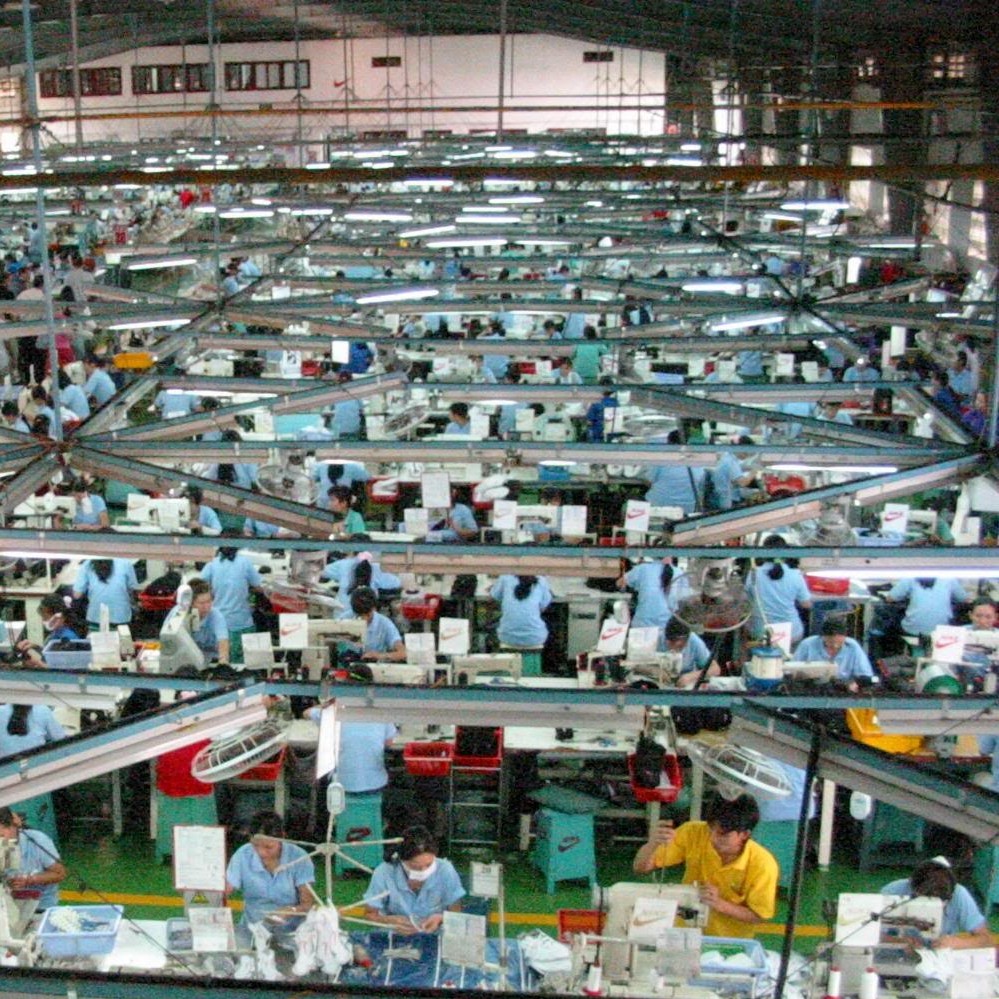Published:
For the first time since 2014, a worrisome development has occurred in China. Firms have taken more money out than they have reinvested back into the country. For years both foreign and domestic companies funneled their profits back into China. Now those profits are leaving the country, due to changing interest rates, rising wages and increased risk.
The People’s Bank of China lowered interest rates from 3.55% to 3.45%. This is incongruent with rising interest rates around the world. China is cutting interest rates in order to boost their faltering economy and increase confidence because of the struggles in their real estate market. However, they risk falling into deflation; in fact, some officials are already saying they slipped into deflation because their consumer price index decreased by 0.3%%. With high levels of youth unemployment, it is unlikely for the government to raise interest rates.
Furthermore, deflation is a major worry for corporations because falling prices lead to a decrease in consumer spending. With consumer spending making up a large portion of the economy, a decrease will lead to a further decline in the economy. In 2021, firms invested $170 billion back into the Chinese economy, while over the past 6 quarters, companies have taken out $160 billion billion from their economy. This unusual profit loss highlights the waning desire for foreign firms to invest in China, resulting in foreign investment to be negative for the first time in 25 years.
With raises in China climbing faster than in the west, manufacturers are losing some of the appeal of Chinese laborers. When China first joined the World Trade Organization (WTO) the average American worker earned 30 times the average Chinese worker. By 2011, that gap had shrunk to 6.5 times the average Chinese worker, while in 2021, it lowered further to 3.5 times. While there is still a gap, there is significantly less attraction for companies to use Chinese workers. Independent consulting firm International believes the data will show an even tighter gap in 2023. This trend makes it very attractive for companies to move their headquarters or manufacturing centers to other countries.
According to The European Chamber survey, the top destination for countries moving out of China was Singapore at 43%. India is among the top destinations for companies looking to leave China. With a large and young workforce making them an attractive option. Vietnam has attracted over $31 billion in foreign investment, which is over 9% from the year before. Apple is one of the biggest manufacturers moving to Vietnam, along with Nike, Adidas and Samsung.
Rising risk in China is also a reason companies are leaving China. Covid-related supply chain disruptions and geopolitical conflict have convinced some companies to leave China. Increasing tariffs, which started during the Trump administration and have increased during the Biden administration, have increased the risk companies see in China. With an increasing chance of conflict between China, United States and Taiwan companies are more worried about basing their supply chain in China. Companies lost some faith in the Chinese government following their zero-covid policies, prompting them to diversify that risk by expanding their production network.
While China is still the global hub of manufacturing, these new trends are worrisome towards the future of Chinese manufacturing. With China losing its inexpensive labor and reliability, it could lose its role as the leading manufacturer in the future.
File under






